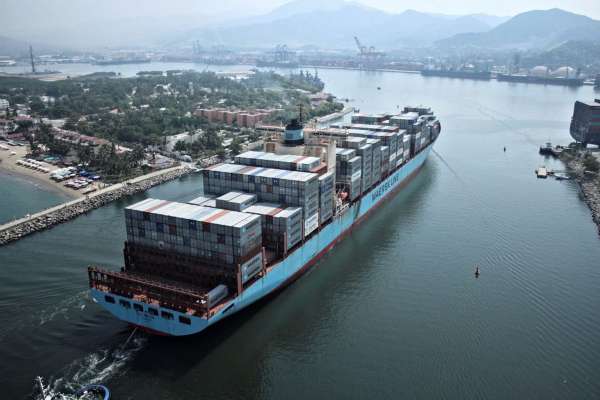Here, fishy fishy: aquaculture systems
Lessons
# Maintain water quality in aquaculture system
Maintaining specific levels of chemical and physical characteristics in the water are critical to the health and survival of the fish. Continuously monitor the aquaculture system for chemical and physical changes.
Files
# Fish food intake plan
Calculate feeding rates for aquaculture systems to provide nutritional requirements for good health, optimum growth, optimum yield, and minimal waste in fish. Compare fish meal based feed with soy-based fish feed.
Files
# Monitoring physical health of fish
Continuously monitor the aquaculture system for physical changes.
Files
# Testing fish feed for nutrients
Good nutrition in animal production systems is essential to economically produce a healthy, high quality product. In fish farming, nutrition is critical because feed represents 40-50% of the production costs. Test for the presence of proteins in fish samples or fish feeds.
Files
Teacher background
Aquaculture is the world’s fastest-growing animal agricultural industry, offering alternative farming in a variety of farming environments (aquaculture is defined as the propagation and rearing of aquatic organisms (for commercial, recreational, or public purpose) in controlled or selected environments, by the National Science and Technology Council Committee on Science Interagency Working Group on Aquaculture). Aquaculture producers are looking for more efficient and sustainable ways to cultivate healthy species to satisfy growing market needs in a world whose population and food requirements are growing rapidly. The availability of quality protein ingredients for aquafeeds is a critical concern of aquaculture producers and feed manufacturers. Fishmeal, long the staple protein ingredient for high quality aquaculture feeds, is insufficient to meet the growing feed protein needs of the global aquaculture industry. Additional renewable and sustainable protein alternatives are needed. Aquaculture research and development is a critical need of this industry.
In 2012, U.S. consumers spent $82.6 billion on seafood, making the nation one of the top three seafood markets worldwide. Yet the value of aquaculture products produced in the U.S. only approaches $1.3 billion annually. Why? One major challenge facing aquaculture today is creating sustainable feeds. Carnivorous or omnivorous fish being raised in an aquaculture system need to consume nutrients from other fish and seafood, just as they do in the wild. These nutrients have historically come from small wild-caught fish (e.g. anchovies) that are processed into fishmeal or fish oil and used as ingredients in aquaculture feeds.
In the past, the aquaculture feeds industry has been criticized for using several pounds of wild-caught fish to make just one pound of farmed fish. However, due to advancements in technology and an increased focus on sustainability, researchers have been able to create soy-based diets that use only one-half to one pound of wild fish to make one pound of farmed fish. Soybean meal can serve as the primary protein source in all-plant protein diets for freshwater omnivores, sparing more expensive fishmeals and animal meals for more specialized feeds. The U.S. soybean industry’s Global Soy in Aquaculture (GSIA) program and several U.S. universities have focused on developing, testing, and demonstrating the value of U.S. soy products in freshwater aquafeeds for major farmed species around the world.
Soybean meal, soy protein concentrates, soybean oil, and other vegetable proteins and oils, can replace from one-third to one-half of the fishmeal in feeds for many farmed species, reducing the need for wild-caught fish for fishmeal. Soy protein concentrate is a renewable plant protein product that can help reduce pressure on natural fisheries stocks and help provide sustainability to the growing demand for aquatic products. For more information on soy in aquaculture see: http://ussec.org/resources/educational-materials/
Next gen science standards
Science and engineering practices
- Using mathematics and computational thinking
- Obtaining, evaluating, and communicating information
Crosscutting concepts
- Cause and effect
- Scale, proportion, and quantity
- Systems and system models
- Energy and matter
Disciplinary core ideas/content
- ESS3A Natural resources
- ESS3C Human impacts on Earth systems
- LS1B Growth and development of organisms
- LS2A Interdependent relationships in ecosystems
- ETS1B Developing possible solutions
- ETS2B Influence of engineering, technology and science on society and the natural world






Share this